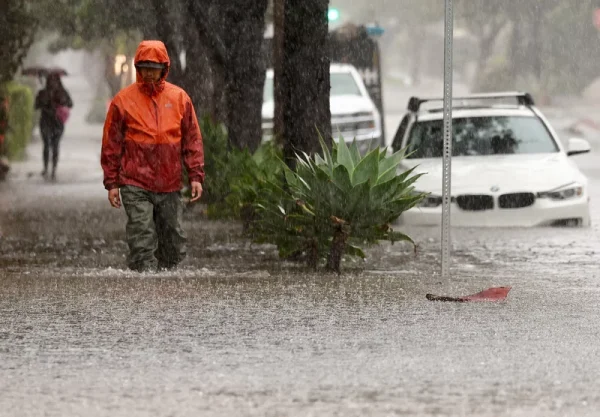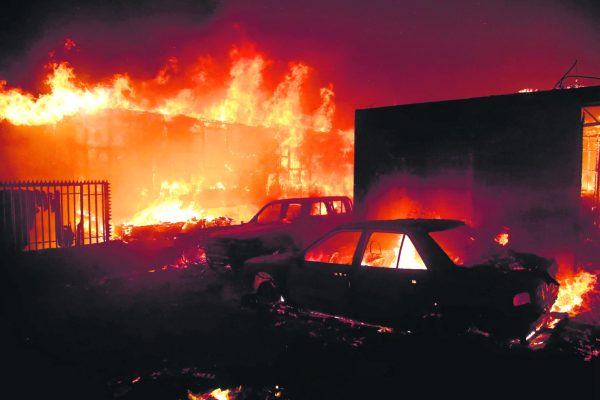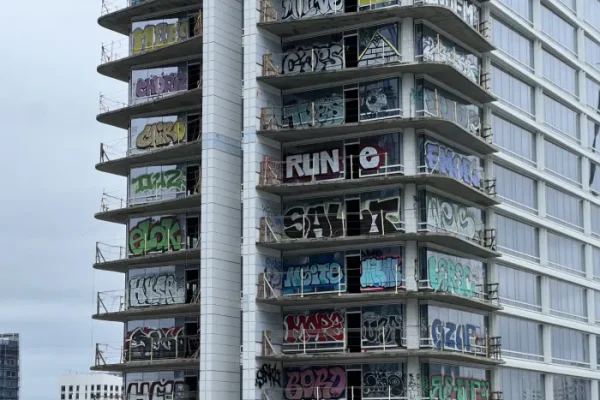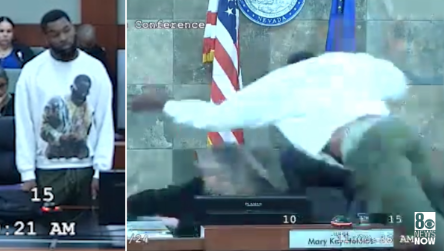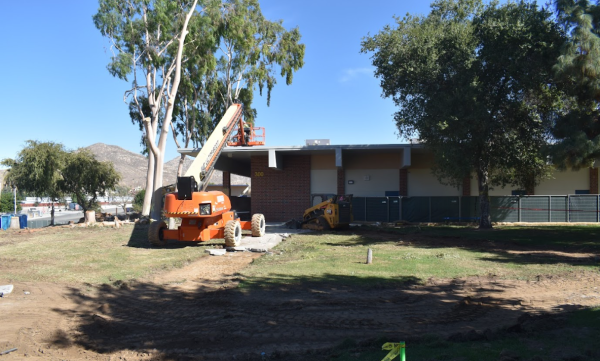California Flooding/Hurricane Kay
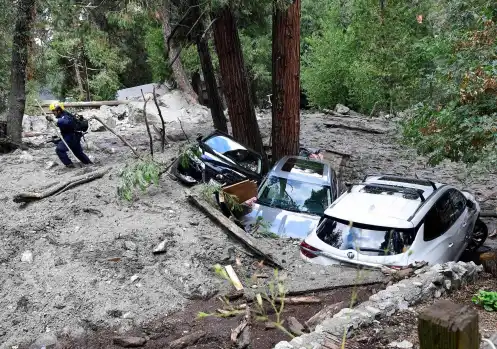
Flooding left many vehicles destroyed or stranded. (Credit to San Bernardino Sun)
Following the August-September heatwave, Southern California was hit with some heavy rain that caused flash flooding in Riverside and San Bernardino counties. Homes and cars were damaged, and even Cal State San Bernardino had to cancel in-person classes due to the floods, according to KTLA News.
“I live by San Bernardino and my neighborhood was hit by the floods and to be honest, it was kind of scary to see all the water go by fast but thankfully no one was hurt on my street,” says an anonymous student.
To add insult to injury, Tropical Storm Kay had made an impact on Southern California weather without hitting California directly. The impact of the storm has sent heavy rain and severe winds to parts of Southern California like Los Angeles and San Diego, and even Southern Nevada and Arizona, causing flooding. These winds reached up to 40 mph, and around 6 to 10 inches of rain in some areas, according to Fox Weather.
Senior Richard Williams shares, “I heard about the mudslides and I saw some cars stuck in the water. Thankfully no one was hurt but a lot of stuff was damaged.”
Mudslides and debris flow were also reported around San Bernardino and Riverside, with around 24 vehicles being stuck in the floods and 53 people accounted for, according to NBC.
After a heatwave, rain is good as it will water plants and generally help cool down the weather but it will take longer to absorb. According to FOX23, when water is poured onto dry soil it may take up to 30 minutes to soak into the ground. The lack of vegetation in the soil blocks water from seeping through, which builds up water that turns into a flash flood. These floods can become up to 30 feet high, according to Weather.gov. The best thing to do during a flash flood is to get to a higher elevation and try not to walk or drive through the water.
Flash floods are obviously perilous, as they can destroy homes, vehicles and even take lives, with about 200 deaths a year, making it the leading cause of weather-related deaths. Even though floods are just quick-flowing water, they can also move debris like boulders. With these floods, people can lose everything they own, love, and cherish in a matter of minutes or hours. Floods and mudslides can even affect things inside your home, like electricity, gas, sewage, etc. According to USGS, they cause around $1 billion in damage and around 25-50 deaths a year.


